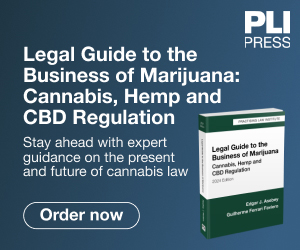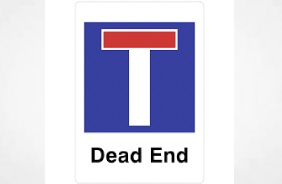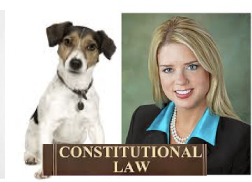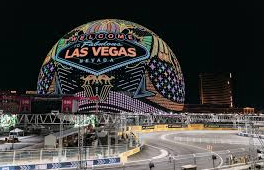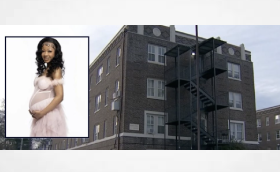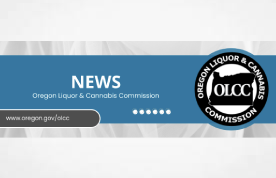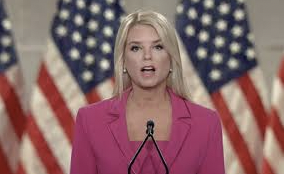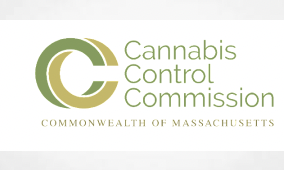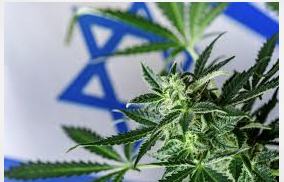Cannabis remains federally illegal and thus, attempts to enforce patents against competitors in federal court were doomed to fail under the illegality doctrine. The illegality doctrine, as it sounds, is the premise that a plaintiff can’t use a court of law to safeguard illegal activity. For example, a contract used to hire thieves to rob a bank couldn’t be enforced by a court of law for the purpose of robbing the bank.
However, cracks in the dam have begun to appear, such as in the Central District of California. The court there, inGene Pool Techs., Inc. v. Coastal Harvest, LLC,denied a Motion to Dismiss asserting the illegality doctrine against cannabis related patents for extracting compounds from plant materials. No. 2:21-cv-08756-JWH-SHK, ECF No. 92 (C.D. Cal. Nov. 23, 2022).[1]Similarly, a Colorado court found the illegality doctrine did not bar a design patent infringement suit involving a TOKER POKER hand tool[2].Lifted Ltd., LLC v. Novelty, Inc., No. 16-cv-03135-PAB-GPG, 2021 WL 4480566, *3 (D. Co. Sept. 30, 2021). The Court found the patented design was for a product traditionally used with tobacco even though it could be used with cannabis.Id. However, the court noted that products which are per se drug paraphernalia such as bongs, chillums, and roach clips would not have withstood its scrutiny.Id., at *2 (citing21 U.S.C. § 863 (d)(1)-(15)listing per se drug paraphernalia).
The reasoning inGene Pool Techs.is currently available by request from the court reporter. ECF No. 101. The authors will be following up on this topic with an article analyzing the reasoning once we have more fully reviewed the transcript. Initial takeaways from these cases however, indicate the importance of avoiding the “c-word” in a utility patent specification and claims, or the title in a design patent.
The courts inGene Pool Techs.andLifted Ltd., LLCindicated that not explicitly claiming a cannabis product allowed the infringement claim to proceed unhindered by the illegality doctrine. However, the authors observe that the current case law may change if/when cannabis is no longer a Schedule I controlled substance. In the meantime, patent applicants should ask themselves “what cannI say” when preparing a cannabis-related patent application.
[1]The asserted patents were: U.S. Patent No. 9 , 144 ,751 (the “‘751 Patent “), entitled “Systems for Extracting Solute from a Source Material”; U.S. Patent No. 9 , 145 ,532 (the “‘532 Patent “), entitled “Methods for Extracting Solute from a Source Material”; and U.S. Patent No. 9 , 587 ,203 (the “‘203 Patent “), entitled “Methods for Extracting Solute from a Source Material.”
[2]The United States Patent and Trademark Office (“USPTO”) does not allow registration of a trademark application for goods that are per se drug paraphernalia. But the USPTO allowed registration of the TOKER POKER mark for “multi-function hand tools comprised of cigarette lighter holders and pipe tampers” in Class 34. This is presumably because the TOKER POKER tool could be used for tobacco.
Source:
What CannI Say? Litigating Cannabis Patents In District Court
